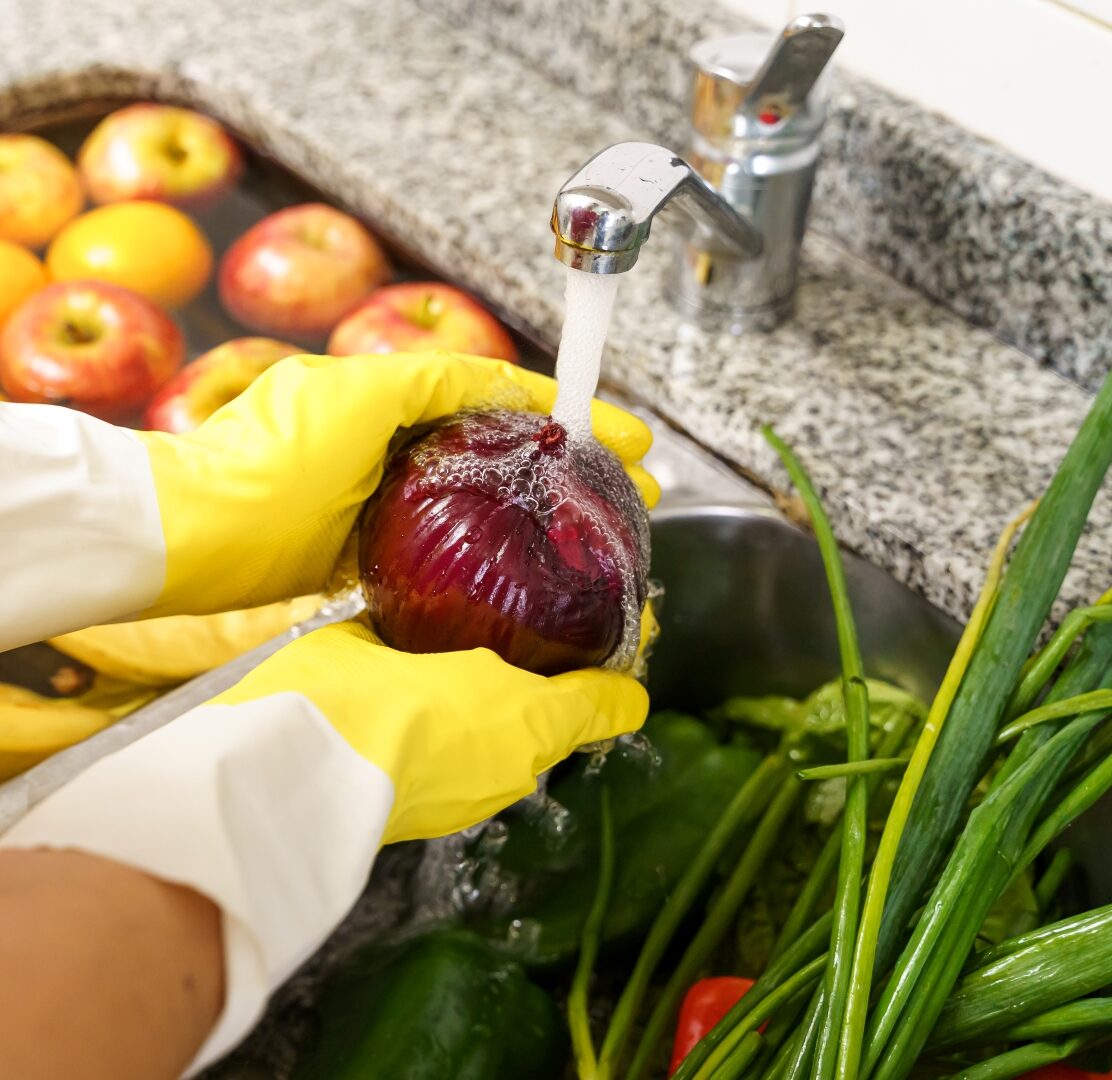As a B2B food business, impeccable food safety standards are not an option; they are an absolute necessity. Food safety encompasses the practices, procedures, and regulations implemented to ensure that food delivered to customers is safe for consumption. From supplying ingredients to restaurants, cafes, hotels, and food manufacturers, B2B food businesses are an integral part of the food supply chain. Food safety requires each step of the chain to adhere to keeping food safe for consumption. One wrong move and everything downstream can be ruined. B2B food businesses thus play a role as part of this chain. Compromising food safety can lead to terrible consequences such as tainted reputation, legal troubles, and health hazards.
Several governmental agencies and international organisations have drawn up strict regulations and standards to ensure food safety. It can be difficult and illegal to work outside of the boundaries of these regulations. One of the most prominent among them is the Hazard Analysis and Critical Control Points (HACCP) system. Their goal is to ensure food safety through identification, evaluation and control of hazards throughout the food production and delivery process. Compliance with HACCP principles is not only best practice but also legally required in many countries.
Additionally, the Global Food Safety Initiative (GFSI) benchmarks various food safety standards, providing a framework food businesses can adopt to make sure their operations meet international standards. GFSI-recognised standards include BRCGS, SQF, and FSC 22000.
Food safety guidelines
While we cannot write-up a detailed food safety framework here to the same degree that the above-mentioned organisations can, we can mention some common safety guidelines. Note: Businesses seriously invested within the food supply chain should familiarise themselves with national and international standards as a baseline.
- Avoid cross contamination. Keep raw meat, poultry, eggs, and seafood away from ready-to-eat foods during storage and preparation. These foods may contain harmful bacteria that are only removed through cooking that ready-to-eat food don’t often undergo.
- Clean utensils and hands. Hands are notorious for being one of the most unhygienic body parts. It is important to wash them properly with soap before and after handling food items. The same applies to utensils and surfaces. Direct cleanliness also avoids indirect cross contamination.
- Refrigerate or freeze perishable goods. Food that cannot handle room temperatures should be kept in cold environments to prevent bacterial growth. Even foods that can survive room temperature for longer periods benefit from refrigeration.
- Ensure workers are healthy. Make sure that food handlers are in good health. Even small symptoms of illness can lead to food contamination. Encourage workers to stay at home while sick.
- Clearly label allergens and other sensitive ingredients. We’ve seen previously what mislabeled foods can do for business reputation, but that is for a reason. Consumers have a right to know what they are consuming and so those need to be clearly labeled, especially when it comes to allergens which can have drastic health consequences.
- Purchase or collect food from reliable sources. The reason food safety needs to be taken seriously at all stages of the supply chain is because unsafe food that is not checked by downstream elements in the chain eventually make their way to the end consumer and customers typically blame the closest part of the supply chain. It’s no use if you adhere to strict food safety guidelines but the food you purchase isn’t safe.
- Implement effective pest control measures. Pests are disease vectors and carry many harmful bacteria. They can also destroy food by eating, defecating on, or laying eggs on it. Ensure food is kept pest free and aren’t negatively affected by pest control measures.
- Establish systems for traceability. These systems assist in the quick identification of potentially unsafe items from the market. If unsafe foods have been found to have been delivered elsewhere, traceability allows you to pinpoint their locations and recall them specifically.
These guidelines are by no means exhaustive and there are plenty more guidelines each of which are applied to different foods differently. Remember, there is no compromise in food safety; it’s better to be proactive rather than reactive.
Onsight provides a B2B sales app that caters to food and beverage business needs. Showcase product catalogues and create orders all while on the go. Its versatility means that you can even work offline with a variety of supported devices. Sign up for a free trial here.











